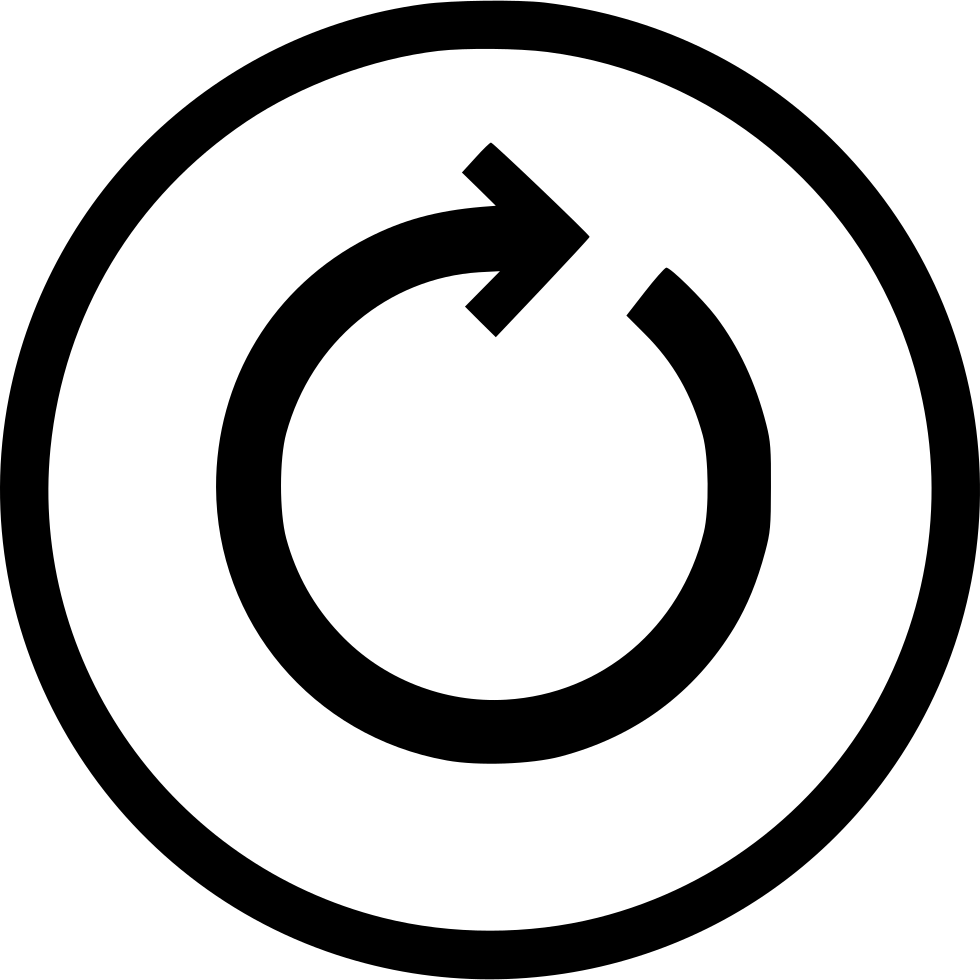Overwatch 2 is good, actually
Despite a troubled launch and multiple controversies, the multiplayer hero shooter is still going strong.
I am no stranger to Overwatch. I have been playing it on and off since launch in 2016, with the bulk of that time being spent in its first 2 years. There still is nothing quite like it on the market; a bright, colourful cast of characters each with distinct personality, thrilling, white-knuckle competitive gameplay and a level of polish that, especially in 2016 only Blizzard seemed capable of pulling off. There is a clear reason that this was the most popular game in the world for multiple years in a row, and still, its fall from grace isn’t difficult to understand. Despite this, its sequel, Overwatch 2 is seeing consistent month to month growth, and yeah, even though it is easy to dunk on Blizzard for seemingly incompetent decisions handling one of its best performing IPs, and there are some very important points about poor monetisation practices, but still, gameplay wise, Overwatch 2 is still one of the best multiplayer shooters you could be playing right now.
Overwatch 2 was announced at Blizzcon in 2019, and promised the same multiplayer experience as its predecessor, but shifted to a 5v5 format, and a massive, replayable PvE experience, expanding on the game’s lore, and giving those not fond of Overwatch’s PvP gameplay a way to enjoy the game. This was the foundation for Overwatch 2, and why Blizzard insisted the game be referred to as a sequel. This was not an update, but a fundamental overhaul of its core systems, adding an entirely new and core gameplay loop for a different kind of player than previously catered to.
Due to the immense amount of work required to bring this experience to life, Overwatch would enter a period of maintenance, where new content was effectively not released at all from 2019 to 2022, all under the pretense that the majority of development effort was being put towards Overwatch 2’s PvE experience, and as we know now, that never came to light in the way that it was described.
Overwatch 2 launched in early access on the 2nd of October 2022, and since the release of the flying robot character Echo in 2020, marked the first new content added into the game after that point. There was a good chunk of content released as well: new maps, new characters, new game modes and a new monetisation model; Overwatch 2 was free-to-play, like most popular multiplayer games released nowadays. Curiously missing was its PvE content, but Blizzard assured its player base that the content was well into development and would be rolled out “early 2023.”
That would never happen, as Blizzard’s shift to an, albeit successful live service model for the game, would leave its staff over encumbered with work in order to keep it operational as it is now, with seemingly no time to continue work on its PvE content. A large part of the PvE experience was announced to be cancelled on the 16th of May 2023, with Blizzard citing “no end in sight,” and despite uproar from its community, content creators and passive onlookers alike, Overwatch 2 is still at its highest monthly active users since its launch last year.
29 million people have logged onto Overwatch 2 in the past 30 days, according to activeplayer.io, and while, not the Twitch sensation it used to be back in 2017, these numbers are as high as ever. A strong and consistent player base is required for any multiplayer game to be successful, and it’s hard to look at these numbers and not describe it as a massive success. Despite criticism, Overwatch 2 remains one of the most successful live service experiences at the moment, with a content cadence rivalling that of other offerings. While not what was originally promised, it's hard not to have at least some sympathy for the developers at Blizzard, completely upending what they worked on for years in an effort to shift to a more successful business model. It’s an unfortunate story of the model of gaming as a business, but as we know, a necessary one.
Overwatch 2 has meaningfully updated its PvP gameplay systems, transitioning instead to a 5v5 team dynamic, rebalancing many of its core systems in the process. This has drastically sped up the pace of the game, leading to more moments of skill expression from players and more dynamic feeling teamfights. Overwatch rarely suffered in its “fun-factor,” but Overwatch 2 definitely adds to the experience, with a faster and less constrained gameplay loop.
When it comes down to it, this is the same old Overwatch we knew and loved from back in its heyday, but with a little extra baggage from its monetisation model. Regardless, the incredibly polished gun-play, perhaps gaming’s most iconic cast of characters, and frenetic team based gameplay allows Overwatch 2 to stand firm as a capable offering against a long list of failed live service experiences, and its continued growth only exemplifies that.
Overwatch 2 has never been bad, but its controversial last few months definitely might make you feel as such as an onlooker. Still, now has never been a better time to jump in, with its content cadence dialled in (maybe) a bright future ahead of it if Blizzard can keep it up.


